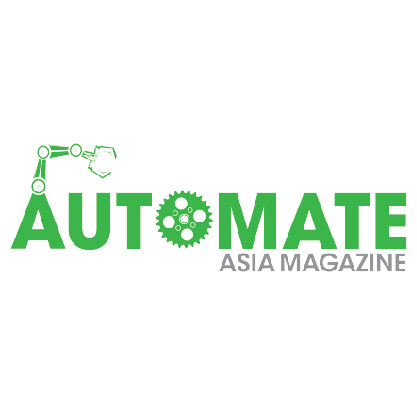Shifting Industry 4.0 Into Higher Gear
- Automate Asia Magazine

- Feb 16, 2024
- 3 min read
According to the World Bank, manufacturing is a crucial pillar of the global economy, contributing approximately 17% to the global GDP. Due to its interconnectedness with various industries, the manufacturing sector generates significant economic multiplier effects.
Industry 4.0 is crucial for manufacturers to secure their future and contribute to economic progress. Also known as smart manufacturing, it merges the physical and digital realms by utilising technologies like cloud computing, automation solutions, AI and the Internet of Things (IoT) to build interconnected systems. This gives manufacturers real-time data and advanced analytics, enabling quick, informed decisions and fostering highly efficient and flexible operations.
“Manufacturers in Asia Pacific (Apac) are looking at transforming their business with Industry 4.0 to optimise their operations and reduce costs. But their goal is not about cutting manpower. Instead, the focus is on empowering workers to be more productive as well as increase the efficiency and accuracy of their processes through the use of automation, AI [and other technologies related to Industry 4.0],” Peter Moore, senior vice president and head of enterprise cloud for Asia Pacific and Japan at tech giant SAP tells DigitalEdge.
Still, the adoption of Industry 4.0 varies throughout the region, influenced by factors such as infrastructure, logistics and supply chain systems, digital engineering abilities, talent, technology accessibility, and regulatory backing, says Vivid Gong, director analyst at Gartner.
“Advanced economies like Japan, Korea and Singapore are at the forefront of adoption due to their developed infrastructure, strong manufacturing sectors, and government initiatives. They’re already implementing technologies like IoT, AI and robotics in their manufacturing processes to improve efficiency and competitiveness. Countries like Thailand, Malaysia, Indonesia, and Vietnam are still making progress in smart manufacturing,” he adds.
Legacy systems running silos also prevent manufacturers from accelerating their Industry 4.0 journey. “Many Apac manufacturers still rely on legacy on-premises applications. While modernising these systems is imperative, part of that is also about removing silos. Disconnected ecosystems — such as fragmented tools, applications, and data — hinder a manufacturer’s ability to focus on strategic initiatives as more time is spent on maintenance instead of innovation,” says David Irecki, director of solutions consulting for Asia Pacific and Japan at Boomi, a cloud-based integration platform as a service (iPaaS) provider.
He continues: “Factories [will also] deploy more production machines, wireless connectivity, and sensors to oversee production lines and execute decisions autonomously [in the future]. So, ensuring these systems can converse with each other will be key to efficient output… [and for better] inventory management, delivery tracking transparency and coordination.”
Building blocks
Cloud computing is fundamental in enabling manufacturers to accelerate their Industry 4.0 journey. Moore explains: “Cloud adoption in Apac’s manufacturing industry is now further forward than years ago. So, manufacturers can use advanced technologies like AI and IoT to create digital twins (which are virtual replicas of a physical object or system to simulate and measure a process) and connected warehouses that can help automate the factory floor, refine manufacturing processes, better manage energy consumption to reduce carbon emissions and more.”
Although manufacturing companies globally see the need to invest in Industry 4.0 to improve their supply chain resiliency, two-thirds are stuck at the piloting stage, according to a 2023 SAP-commissioned global supply chain survey.
To help manufacturers embrace Industry 4.0 at scale, SAP offers solutions that can transform end-to-end operations — from the core systems, back-office IT, supply chain and front office for customer engagement. The solution portfolio consists of SAP S/4HANA as the business backbone, integrated with the SAP Business Technology Platform, with cloud business applications that extend the core with innovative Industry 4.0 scenarios and connectivity to devices in the factory.





-01.jpg)



